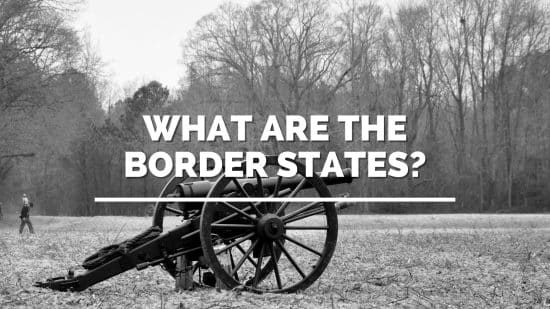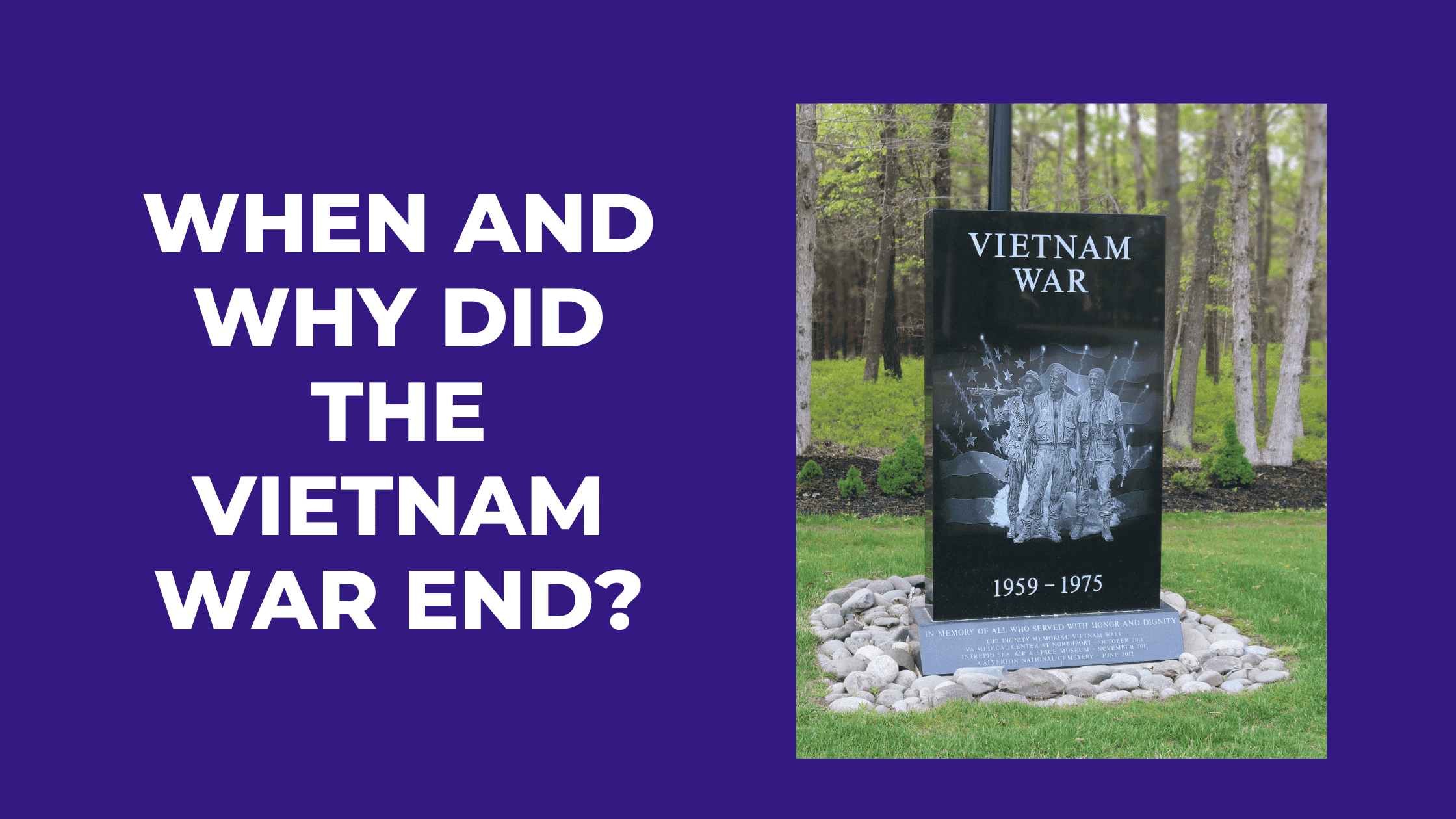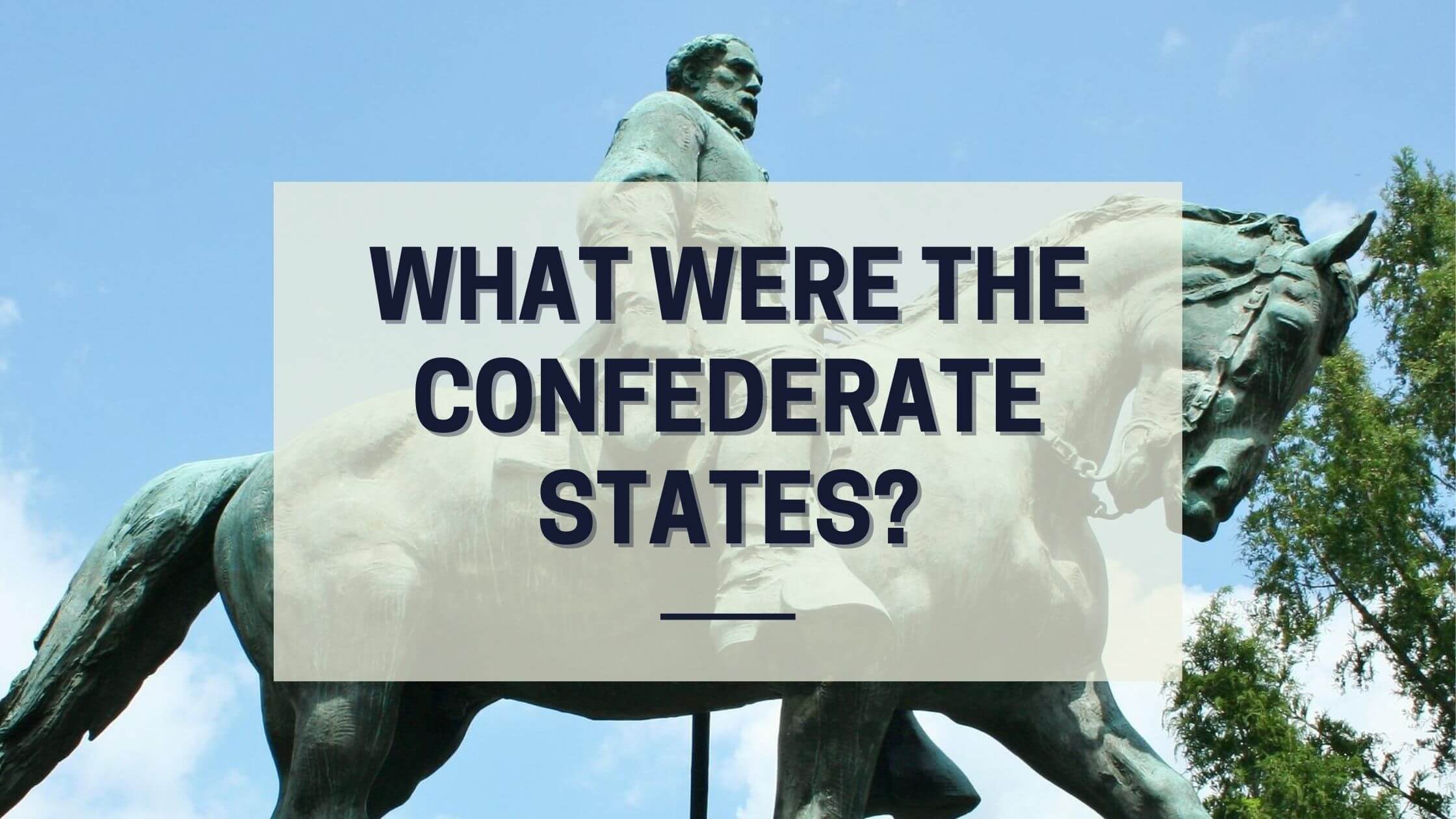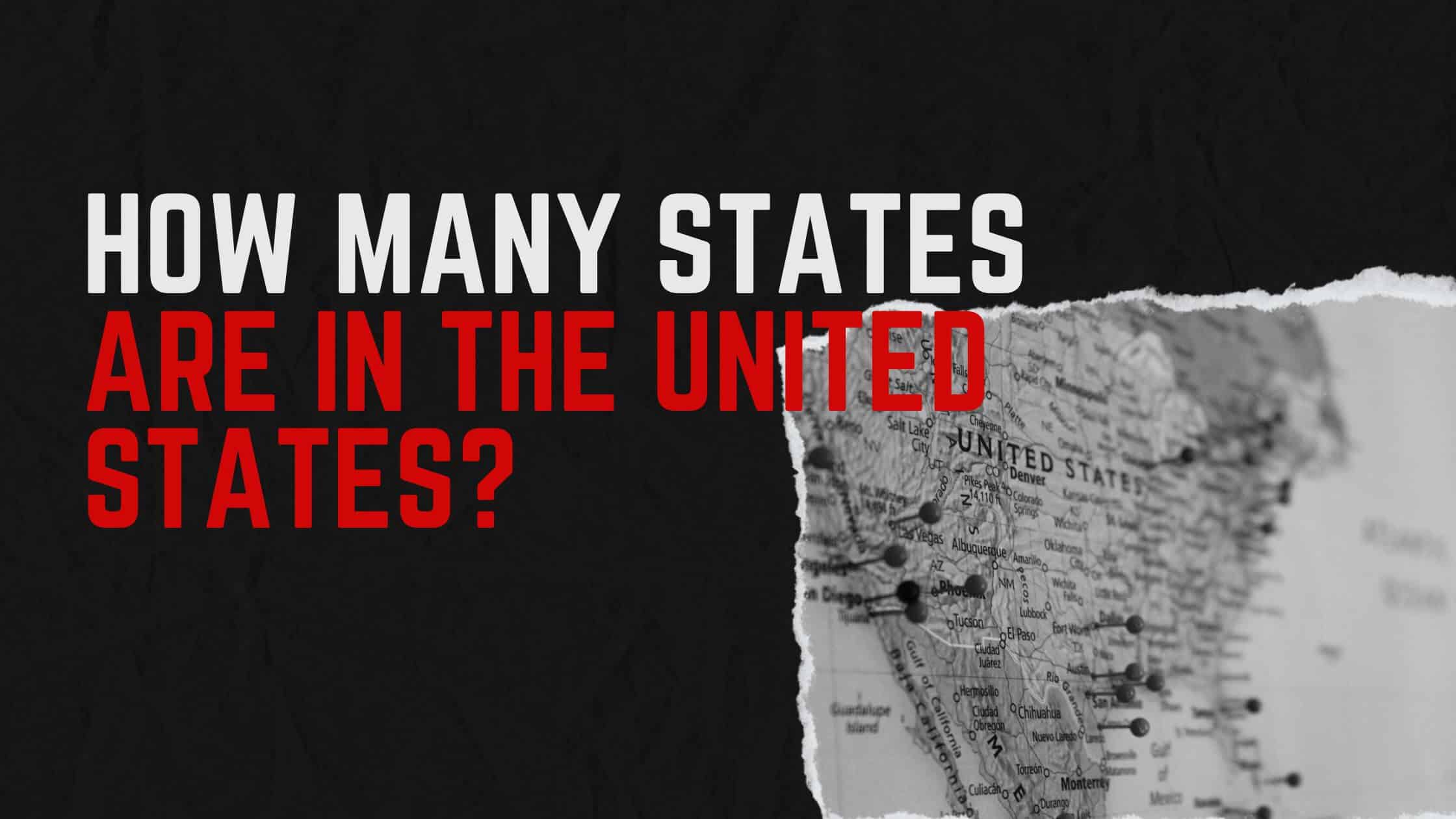Table of Contents
ToggleSources
- https://www.battlefields.org/learn/articles/border-states
The American Battlefield Trust is a reputable source for Civil War history. This article specifically discusses the border states and their role in the Civil War, aligning with the blog post's focus. - https://www.history.com/topics/american-civil-war/border-states
History.com is a well-known authoritative source. This page provides detailed information about the border states, their political significance, and their impact on the Civil War, supporting the claims made in the blog post. - https://www.nps.gov/articles/the-border-states.htm
The National Park Service (NPS) is a reliable source for historical information. This article covers the border states' unique positions during the Civil War, including their political and military significance, which backs up the blog post's content. - https://www.loc.gov/collections/civil-war-glass-negatives/articles-and-essays/the-civil-war-in-america/border-states/
The Library of Congress is a highly authoritative source. This resource provides insights into the border states' roles and the political challenges they posed, which aligns with the blog post's discussion on Union and Confederate strategies. - https://www.civilwar.org/learn/articles/border-states-during-civil-war
The Civil War Trust (now part of the American Battlefield Trust) is another reputable source. This article details the border states' strategic importance and the political maneuvering by both Union and Confederate leaders, supporting the blog post's narrative.
Key Points
- The American Civil War was primarily a conflict over slavery between the Confederacy (11 southern states) and the Union (northern states).
- Four Union states—Missouri, Kentucky, Maryland, and Delaware—allowed slavery but chose to remain in the Union, known as border states.
- President Lincoln strategically avoided emphasizing slavery early in the war to keep border states from joining the Confederacy.
- Kentucky was the most crucial border state due to its population and central location; Lincoln's leniency helped secure its Union loyalty.
- Missouri was heavily contested, with violent clashes and guerrilla warfare, but Union forces eventually secured control.
- Maryland's proximity to Washington D.C. made it a critical threat; Lincoln used forceful measures to prevent its secession.
- Delaware was firmly pro-Union, with minimal Confederate support and no significant impact on the war.
- Confederate President Jefferson Davis framed the war as a struggle for independence to attract border state support, downplaying slavery.
- Lincoln's political balancing act with border states was crucial in maintaining Union strength and preventing Confederate expansion.
- Border states played a pivotal role in the early war, influencing both Union and Confederate strategies.
Summary
The American Civil War was primarily fought over slavery, with 11 southern states forming the Confederacy while four pro-slavery "border states" (Missouri, Kentucky, Maryland, and Delaware) remained in the Union. Both Union and Confederate leaders strategically downplayed slavery to secure border state support, with Lincoln prioritizing reunification and Davis framing the conflict as a fight for independence. Kentucky and Missouri were particularly contested, while Maryland's loyalty was crucial to protecting Washington D.C., and Delaware remained firmly Union-aligned.
Border States – American Civil War
The American Civil War was a military conflict fought between the Confederacy and the remaining northern states.
The Confederacy was a group of 11 southern states that had separated from the rest of the country.
The war arose primarily as a dispute over the institution of slavery. Growing anti-slavery forces in the northern states tried to convince the southern states that secession was the only way to preserve slavery.
The Confederate states seceded in two stages, with seven leaving the country soon after the election of Abraham Lincoln in 1860 and four others joining the Confederacy after the Battle of Fort Sumter.
Contrary to popular belief, not all the states who decided to remain in the Union opposed slavery. Four remaining Union states, Missouri, Kentucky, Maryland, and Delaware, chose to stay in the country, despite allowing slavery to exist within their borders.

Get Smarter on US News, History, and the Constitution
Join the thousands of fellow patriots who rely on our 5-minute newsletter to stay informed on the key events and trends that shaped our nation's past and continue to shape its present.
These states were known as border states and were the focal point of the first year of the Civil War.
Union Politics and the Border States
The presence of pro-slavery states within the Union posed a challenging political situation for President Abraham Lincoln.
Lincoln had to find a way to conduct the war against the pro-slavery Confederacy without alienating the pro-slavery border states, whose potential withdrawal from the Union could tip the balance of power in the Confederacy’s favor.
Lincoln famously stated,
“I hope to have God on my side, but I must have Kentucky.”
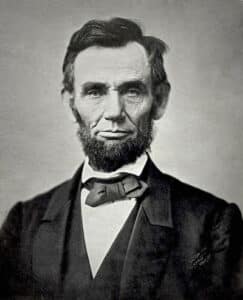
As a result, Union leadership was careful in the early years of the war to emphasize the reunification of the United States as their primary war goal, with little or no reference to slavery.
Lincoln repeatedly emphasized that he had no desire to interfere with slavery where it already existed.
This strategy succeeded in officially keeping all four border states within the Union, maintaining the balance of power in favor of the Union.
Confederate Politics and the Border States
Although the border states remained in the United States and chose to support the Union war cause, large pro-Confederate partisans and factions in some of these states actively joined or supported the Confederacy.
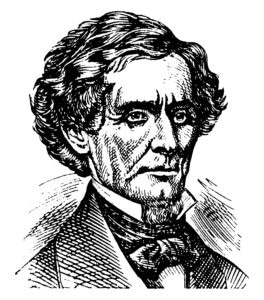
President Jefferson Davis of the Confederacy knew that he needed to cultivate large amounts of support from these states to compete with the vast resources and manpower of the northern states.
Like Lincoln, Davis was careful to frame the Confederate struggle in a specific way to attract support from the border states.
Specifically, Davis wanted the perception of the Civil War to be comparable to a struggle for independence, like the original American Revolutionary War, against an oppressive aggressor.
The southern states were fighting to preserve their sovereignty and culture from being destroyed. He also deemphasized the issue of slavery. Davis knew that while the border states allowed slavery to exist within their borders, they weren’t nearly as supportive of it as most Confederate states.
Kentucky
Kentucky was the most important border state, captivating the Union and Confederacy’s attention throughout the Civil War.
In addition to being the 9th most populated state out of 33, it possessed a strategic location right at the center of the United States.
If Kentucky joined the Confederacy, it would threaten much of the Midwest immediately.
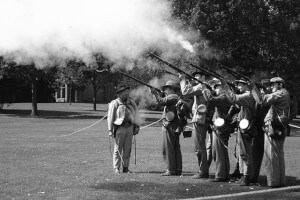
Lincoln ingeniously adopted a lenient approach to Kentucky in the early days of secession furor, honoring the state’s initial “neutrality” declaration to win unionist support.
He refused to send Union troops to occupy the state and declined to impose a land blockade of trade against Kentucky.
Lincoln’s forbearance with Kentucky helped strengthen unionist support throughout the state, resulting in it rejecting secession and remaining in the Union.
Missouri
Missouri was the most hotly contested border state and the scene of vicious fighting throughout the first year of the Civil War.
Open warfare over the issue of slavery had been actively raging between Kansas and Missouri for much of the decade before the Civil War.
Large pro-Confederate factions within the state effectively mobilized and pushed back the Union presence in the state throughout the summer and fall of 1861.
However, by the end of 1861, Union forces were able to overcome Confederate resistance, ending any possibility of the state joining the Confederacy.
However, Missouri became the scene of bloody guerrilla warfare for the rest of the Civil War, with pro-Confederate vigilantes and factions sparring with occupying Union troops.
The early success of Confederate resistance in Missouri marked one of the only successful campaigns the Confederates enjoyed in the west.
Maryland
Maryland posed the biggest threat to the Union, bordering Washington, DC, on three sides. If Maryland joined the Confederacy, Washington D.C. would be surrounded by hostile territory, as Virginia represented the capital’s other border.
Large pro-Confederate activity and support in Baltimore seriously questioned the state’s loyalties.
In contrast to his lenient approach toward Kentucky, Lincoln immediately dispatched troops to put down uprisings in Baltimore and jailed many pro-Confederate leaders.
Although these draconian measures seemed harsh to many of his supporters, they stabilized the situation and stifled the secession movement.
After the initial secessionist threat, Maryland would never again seriously entertain supporting the Confederacy and remained safely in Union hands.
Delaware
Delaware was the only border state whose Unionist loyalties were never in doubt, firmly supporting the northern war effort from the outset.
Less than two percent of residents were slaves, and over 90 percent of its African American population was free.
The Delaware legislature rejected secession in January 1861 and would never again address the issue.
The only areas of Confederate support were the southern counties of the state that bordered Maryland’s eastern seashore.
However, this support was insignificant compared to many other border states and served very little purpose in the Confederate war effort.
Overall, Delaware did not significantly impact the American Civil War, despite its location near Maryland and Virginia, as no battles were fought within or even near the state’s borders.
What Are the Border States? Quiz
Frequently Asked Questions
What were the border states during the American Civil War?
Why were the border states important to the Union and the Confederacy?
How did Abraham Lincoln handle the border states to keep them in the Union?
What was the significance of Kentucky in the Civil War?
How did Missouri's role in the Civil War differ from other border states?
How useful was this post?
Click on a star to rate it!
Average rating / 5. Vote count:
No votes so far! Be the first to rate this post.
We are sorry that this post was not useful for you!
Let us improve this post!
Tell us how we can improve this post?
